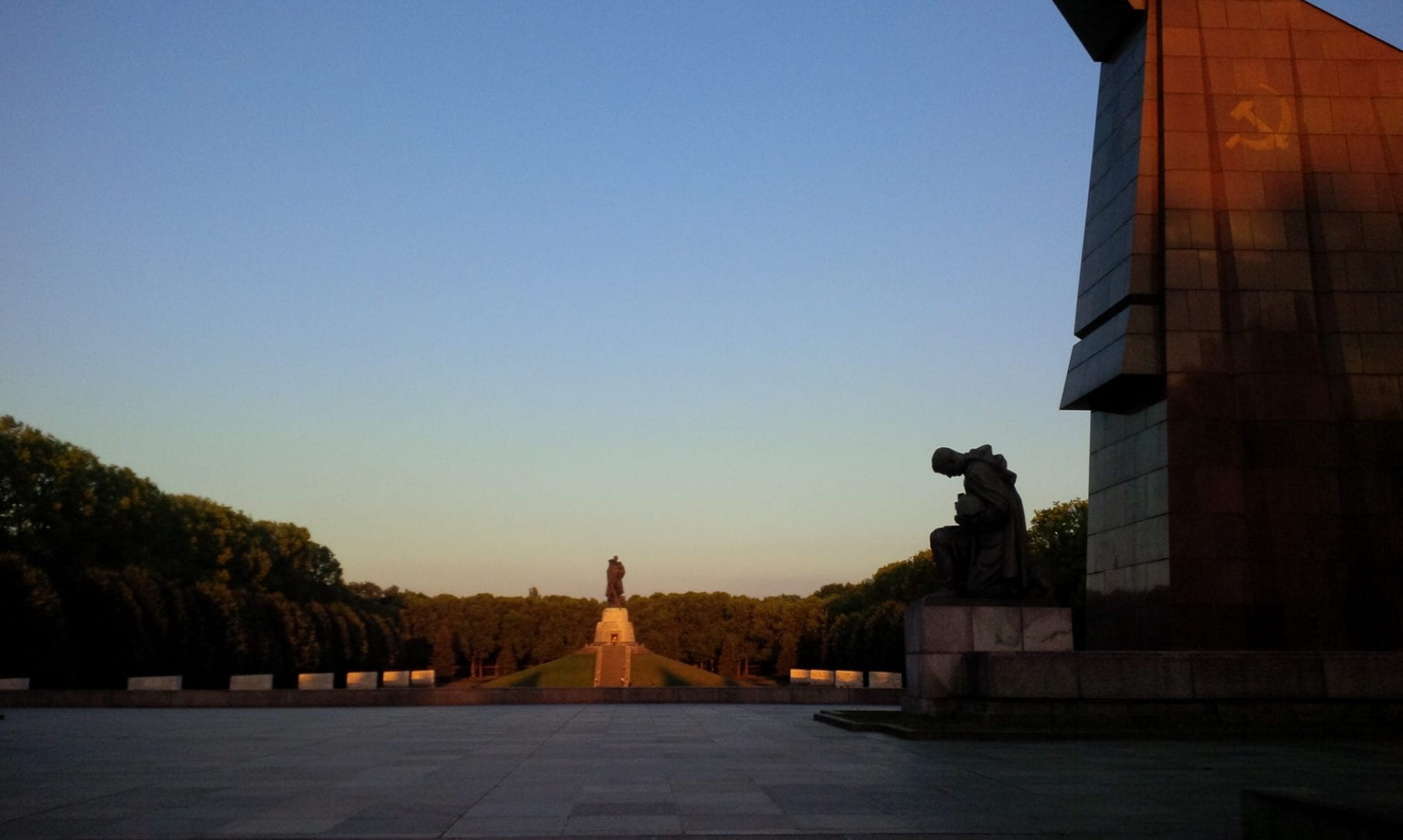The study of what Talal Asad calls “formations of the secular” is advancing across the humanities, creating an interdisciplinary subfield referred to as secularism studies or critical secularism studies. Within religious studies, a “materialist shift” has followed trends in subfields like material culture studies and new materialisms to call attention to the way that religion is made not just by frames of belief, but by bodies, practices, objects, places, and other material things. The proposed workshop will explore how this can be applied to the study of secularism, suggesting that formations of the secular, too, can be understood not just as belief or disbelief, but by attending to their material components.
The classic secularization narrative of the mid-20thcentury envisioned a progressive decline of religion as part of the advance of modernity. Charles Taylor has referred to this as the subtraction story view, in which “religion” is a sort of artificial imposition that modifies an essentially neutral intellectual-cultural landscape buried below. Asad points out that the secular is never a clean break from the past, nor is it ever neutral: it draws on an existing repertoire of concepts, narratives, dispositions, bodily practices, and material culture in order to fashion itself. This means that the secular, in its many historically and geographically local iterations, is made, rather than found. A new trend in this area has been to study how these formations can be understood as material.
Secularism is also, as Ann Pellegrini writes, a “structure of feeling” that organizes our bodily reactions and dispositions. And secularism is a full-fledged material culture encompassing objects, clothing, urban space, architecture, monuments, and media. These projects have, to date, been scattered across subfields and institutions. Material Secularisms will create a convergence point for these conversations.

